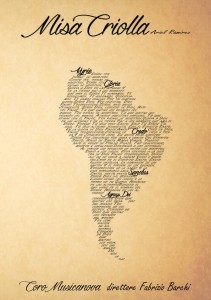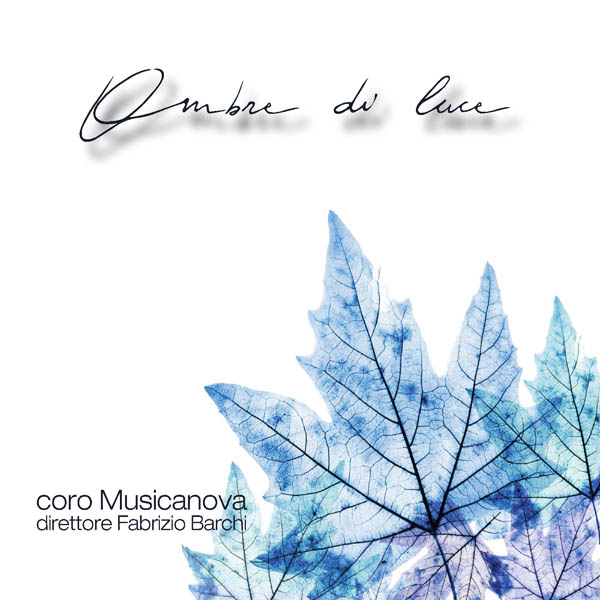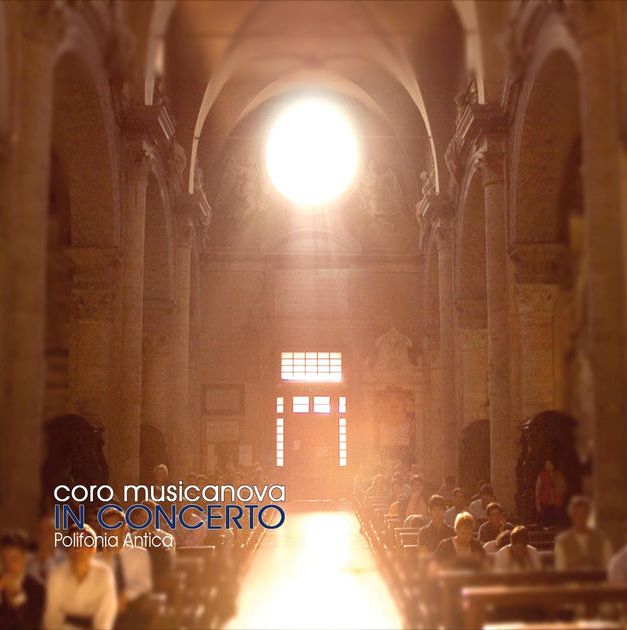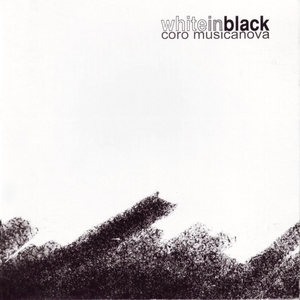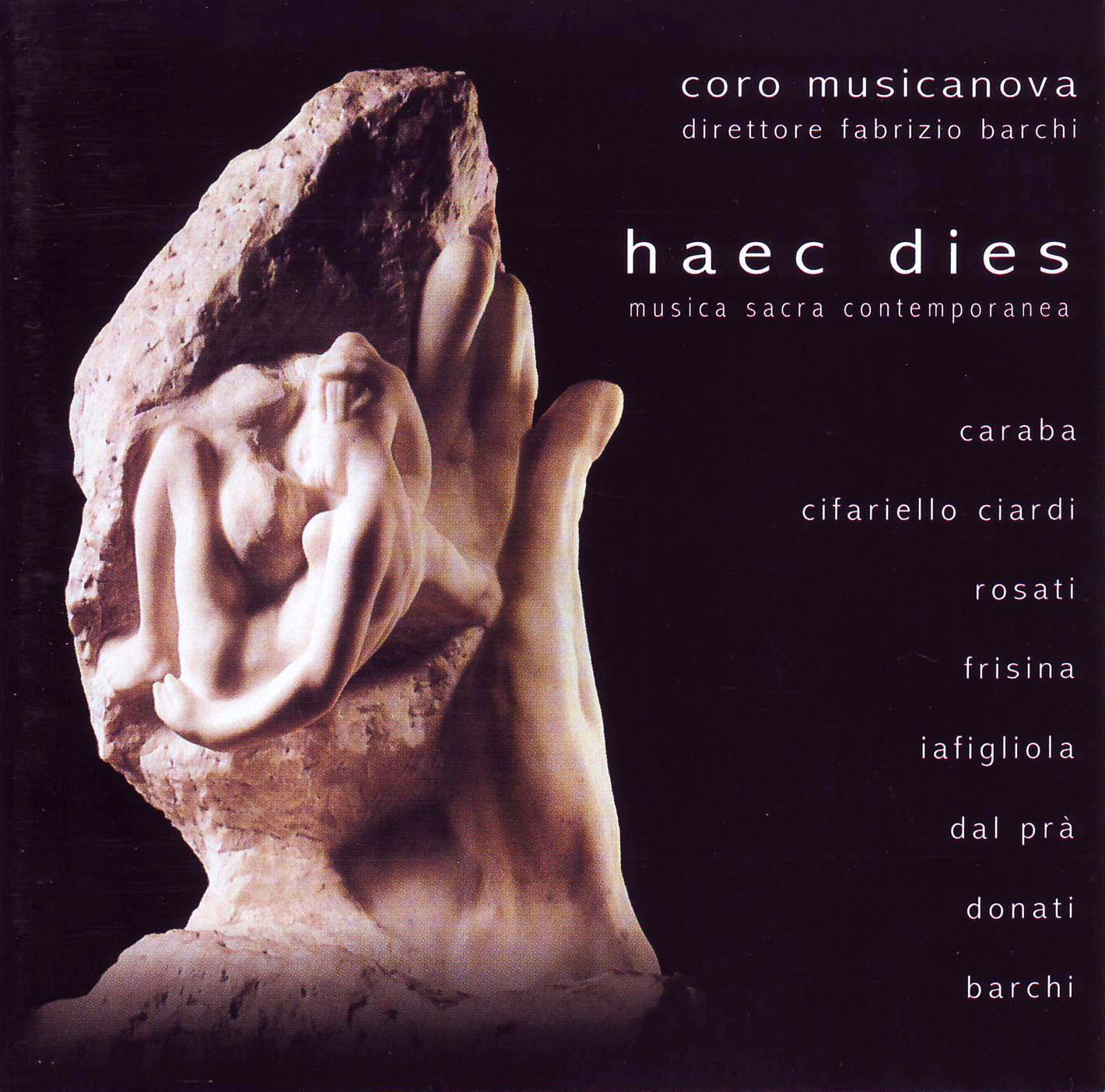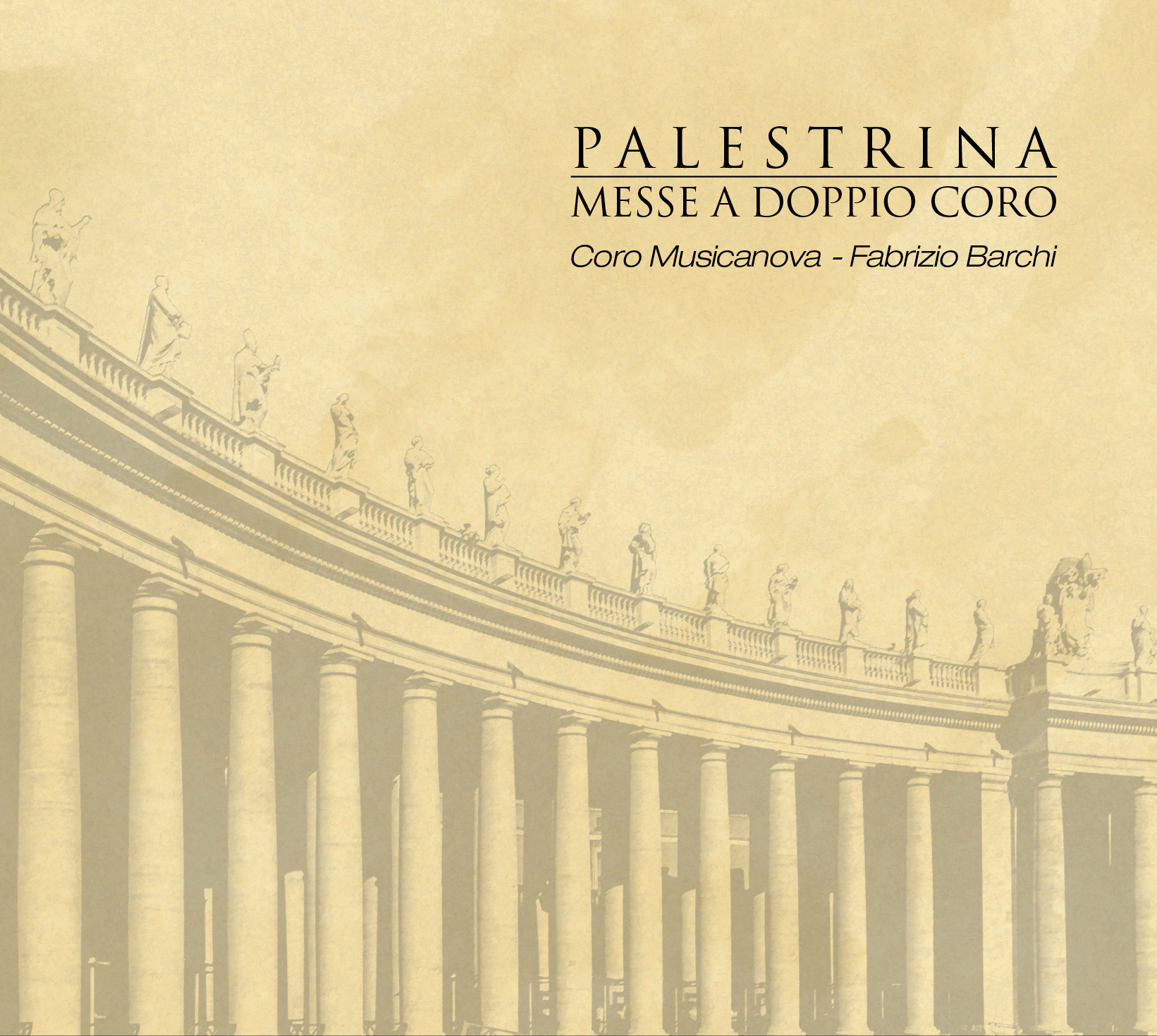Se pensiamo a una messa per coro, spesso la immaginiamo polifonica, antica, solenne come quella delle composizioni di Giovanni Pierluigi da Palestrina, o dalle sonorità contemporanee, sotto la penna di grandi compositori come Francis Poulenc, Frank Martin, Benjamin Britten o Arvo Pärt. Ma forse nessuna messa riesce a cogliere in sé la genuinità della terra, il folklore e al tempo stesso la spiritualità dei testi sacri come la Misa Criolla, un’opera musicale per solisti, coro e orchestra, che adatta su melodie e strumenti della tradizione etnica argentina i testi della messa cattolica.
Il Coro Musicanova, diretto da Fabrizio Barchi, lo scorso 12 dicembre, ha avuto la grande occasione di interpretare la famosa messa firmata, nel 1964, dall’autore argentino Ariel Ramirez: alla presenza (per la prima volta) dell’argentino Papa Francesco, il coro Musicanova si è esibito, nella Basilica di San Pietro, alla presenza di 750 sacerdoti e cinque cardinali americani. Ad accompagnare il coro la famosa cantante Patricia Sosa, al pianoforte Facundo Ramírez, figlio del compositore e il suo gruppo musicale argentino.
Il testo dell’opera è dei sacerdoti Antonio Osvaldo Catena, Alejandro Mayol e Jesús Gabriel Segade, e segue la struttura della composizione tradizionale cattolica: il Kirie a tempo vidala-baguala, i ritmi tradizionali della regione andina dell’Argentina; il Gloria, un carnavalito-yaraví, eseguito con tipici strumenti andini come la quena, il charango o il sikus; il Credo, una chacarera trunca, originaria della Provincia di Santiago del Estero; il Sanctus, un carnaval cochabambino, ispirato a un genere di provenienza boliviana e infine l’Agnus Dei, che alle sonorità delle Ande sostituisce quelle della Pampa del Sud.
La Misa Criolla fece la sua apparizione in disco, per la prima volta, nel 1965 con la Philips e il complesso Los Fronterizos. La composizione divenne subito un successo mondiale, interpretato da tutti i maggiori cantanti del folklore argentino. Papa Bergoglio, non a caso, ha voluto, nel giorno della Beata Vergine di Guadalupe, Patrona dell’America Latina, proprio la Misa Criolla, popolarissima in tutto il continente con la sua musica liturgica delle “periferie”, vicina al popolo più lontano, suggestiva per le sue parole in spagnolo e le sonorità andine.
La composizione nasconde un fine alto e umano che lo stesso autore aveva a cuore nel momento della sua composizione: la Misa fu infatti dedicata a Elizabeth e Regina Brückne, due suore tedesche che avevano sfidato la morte per assistere i prigionieri di un lager nazista, portando loro del cibo. Il sacrificio della propria vita per gli altri è il messaggio della Misa di Ramirez, autore che nel 1950 prese una nave che lo portò in Europa per farsi conoscere dal pubblico straniero e apprendere un nuovo modo di suonare il pianoforte. Alloggiava in alberghi, case di amici, conventi, ospedali, in ristrettezze ma nella completa fiducia che la sua musica sarebbe arrivata ad interessare sempre più persone. In quel periodo viaggiò non solo in Italia, ma anche in Austria, in Svizzera, in Germania, in Olanda, in Inghilterra, in Francia e in Spagna. Con il tempo la sua fama si estese e stipulò contratti con la BBC a Londra, con l’Università di Cambridge, di Utrech, di Delf, di Santander. Nel 1954 a Liverpool prese la “Highland Chefstein”, diretta a Buenos Aires per tornare dalla sua famiglia e su quella nave ripercorse tutti gli anni passati in Europa, la solidarietà scoperta nelle persone, l’amore ricevuto per la sua musica, e capì che solo un’opera religiosa avrebbe potuto essere un regalo, un omaggio per quello splendido periodo appena vissuto. E fu così che nacque la Misa Criolla. “All’arrivo in Argentina tutto mutò nella mia vita: la mia carriera si andava affermando e le mie canzoni a diventare molto popolari; con il tempo l’Europa si allontanò, però il mio pensiero continuava ad essere concentrato su quell’idea sorta in mezzo all’Atlantico.” scrive in un racconto del 1964, Ariel Ramirez. “Conobbi Padre Mayol e in seguito Padre Antonio Osvaldo Catena che contribuì realmente a trasformare il mio iniziale proposito, una canzone religiosa, in un idea che aveva dell’incredibile: la realizzazione di una messa con ritmi e forme musicali della nostra terra. Padre Catena, nel 1963, era Presidente della Comisión Episcopal Para Sudamérica, incaricata di realizzare in spagnolo la traduzione del testo latino della messa, secondo le direttive del Concilio Vaticano del 1963 presieduto da SS Paolo VI. Quando ebbi terminato i bozzetti e le forme dello spartito della messa, lo stesso Catena mi presentò a chi, con straordinaria erudizione, avrebbe realizzato gli arrangiamenti corali dell’opera: Padre Jesú Gabriel Segade. Quest’anno, insieme, abbiamo celebrato, i 30 anni di Misa Crolla: tre decadi di amicizia.”
Cantare la Misa Criolla è stato come arrivare alle “orecchie” più remote e lontane del pianeta, coinvolgendo anche i più difficili ascoltatori, grazie alla sua semplicità e al suo ritmo incalzante. Questa messa è nata per “arrivare” ovunque: la sua nascita ha avuto il fine di onorare la vita umana al di là della razza, della religione, del loro colore. Ramirez sentì di dover scrivere qualcosa di profondo e religioso per celebrare questo grande intento dell’uomo che, dalle suore tedesche nei campi di sterminio al suo viaggio in Europa, sostenuto e aiutato da gente sconosciuta, è profondo nella vita di ogni persona. Quella carità, quella solidarietà ricevuta durante il suo viaggio lo hanno portato a scrivere una messa indimenticabile e a dedicarla proprio a due donne che avevano messo la vita del prossimo sopra ogni cosa. Il messaggio forse più universale e alto della fede cristiana trasmesso a tutti i possibili ascoltatori, dai più colti ai più terreni, grazie alla musica popolare, che è riuscita ad arrivare “fino alla fine del mondo”, citando le parole di Papa Francesco per indicare quelle povere, lontane ma sempre vive periferie della sua amata America Latina.If we think of a mass for choir, we often imagine something polyphonic, ancient and solemn as those composed by Giovanni Pierluigi da Palestrina, or something more contemporary, from the pen of great composers such as Francis Poulenc, Frank Martin, Benjamin Britten or Arvo Pärt. But perhaps none of them captures the authenticity of the Earth itself, the folklore and at the same time the spirituality of sacred texts as the Misa Criolla, a musical work for soloists, chorus and orchestra, which fits the texts of the Catholic mass on the melodies and instruments of Argentinian ethnic tradition.
The Musicanova Choir, directed by Fabrizio Barchi, on December 12th, has had the great opportunity to interpret the famous Mass signed in 1964 by the Argentinian author Ariel Ramirez: with the presence (for the first time) of the Argentinian Pope Francis, the choir has performed in St. Peter’s Basilica. The choir was accompanied by the famous singer Patricia Sosa and Facundo Ramirez at the piano, son of the composer and his Argentinian music group.
The text was written by the priests Antonio Osvaldo Catena, Alejandro Mayol and Jesús Gabriel Segade, and follows the structure of the traditional Catholic composition: the Kirie in a Vidala-Baguala version, the traditional rhythms of the Andean region of Argentina; Gloria, a carnavalito-yaraví, executed with typical Andean instruments as the quena, the charango or the sikus; the Credo, a “chacarera Trunca”, originally from Santiago del Estero; the Sanctus, a “carnaval cochabambino”, inspired by Bolivian music styles and finally the Agnus Dei, which contains sounds of southern Pampa.
The Misa Criolla made its appearance on a CD, for the first time in 1965 with Philips and the group Los Fronterizos. The composition immediately became a worldwide hit, played by all the major singers of Argentine folklore. Pope Bergoglio, not surprisingly, wanted on the day of Our Lady of Guadalupe, patroness of Latin America, precisely the Misa Criolla, popular across the continent with its liturgical music of the “suburbs”, close to the farest people, suggestive for its words in Spanish and its Andean sounds.
The composition hides a high end that the author had in his heart the time of its composition: the Misa was in fact dedicated to Elizabeth and Queen Brückne, two German sisters who had braved death to assist prisoners of a Nazi concentration camp, bringing them food. The sacrifice of one’s life for others is the message of the Misa written by Ramirez, an author who took a ship to Europe in 1950 to be known by the foreign audience and to learn a new way of playing the piano. Staying in hotels, homes of friends, convents, hospitals, in poverty but in full confidence that his music would come to affect more and more people. During that time he traveled not only in Italy but also in Austria, Switzerland, Germany, Holland, England, France and Spain. By that time his fame spread and hr entered into contracts with the BBC in London, with the University of Cambridge, Utrecht, of Delf, Santander. In 1954 he took the “Highland Chefstein” in Liverpool, heading to Buenos Aires to return to his family and on that ship
retraced all the years in Europe, the solidarity discovered in people, the love received for his music, and he knew that only a religious work could have been a gift, a gift for that wonderful period just experienced. And thus was born the Misa Criolla. “Upon arrival in Argentina everything changed in my life: my career was going great and my songs become very popular; with time Europe got farer, though my thoughts continued to be focused on that idea born in the Atlantic.” writes in a short story in 1964, Ariel Ramirez. “I met Father Mayol and later Father Antonio Osvaldo Catena that really helped to transform my initial purpose, a religious song, in an idea that was incredible: the construction of a mass with rhythms and musical forms of our land. Father Catena, in 1963, was President of the Comisión Episcopal Para Sudamérica, mandated to implement in the Spanish translation of the Latin text of the Mass, according to the directives of the Vatican Council of 1963 presided by Pope Paul VI. When I finished the designs and shapes of the score of the Mass, Catena introduced me to someone who, with extraordinary erudition, would have made the choral arrangements of the work: Father Jesu Gabriel Segade. This year, together, we celebrated 30 years of Misa Crolla: three decades of friendship.”
Singing the Misa Criolla was like reaching the the most remote and distant “ears” on the planet, including even the most difficult audience, due to its simplicity and its dynamic rythm. This Mass was created to “get” everywhere: his birth has been intended to honor the life beyond human race, religion, or color. Ramirez felt the need to write something profound and religious to celebrate humanity’s greatest intent, which, from the German nuns in the death camps to the composer’s trip to Europe, supported and helped by strangers, is radicated in every human’s life. That charity, the solidarity received during his journey led him to write an unforgettable Mass and dedicate it just to two women who had put the lives of others above everything else. The most universal and high message of the Christian faith transmitted to all possible listeners, the more educated and the poorest, thanks to popular music, which has managed to get “to the end of the world”, citing the words of Pope Francis to indicate those poor, distant but always lively suburbs of his beloved Latin America.

